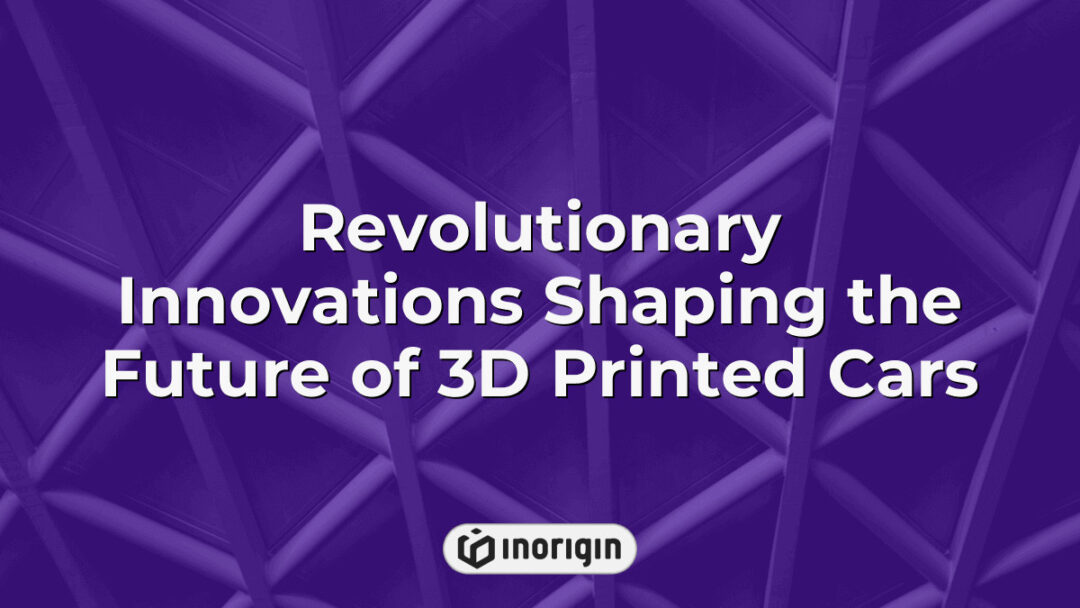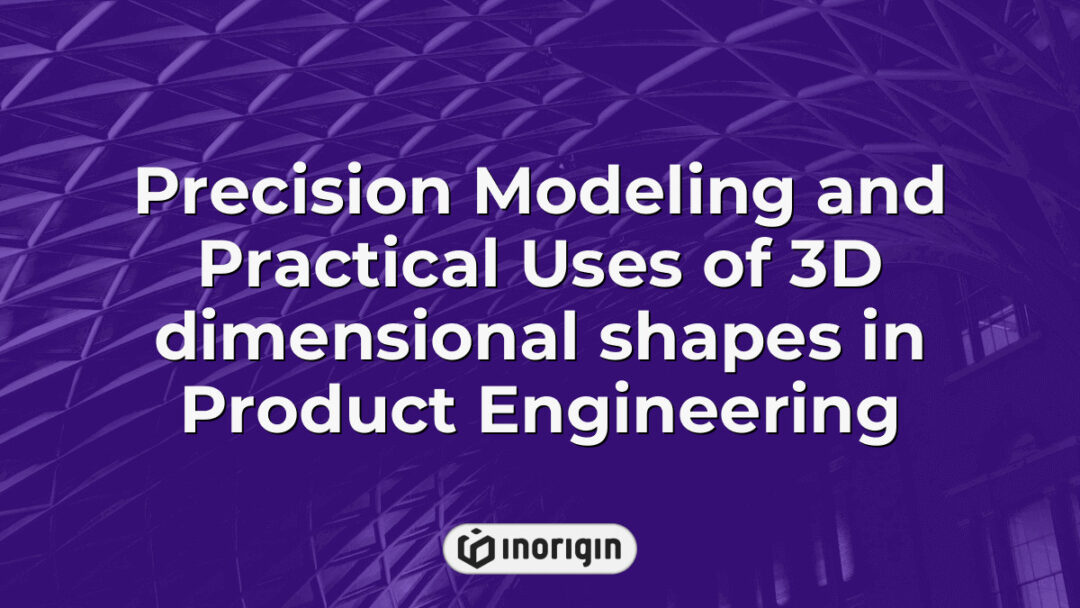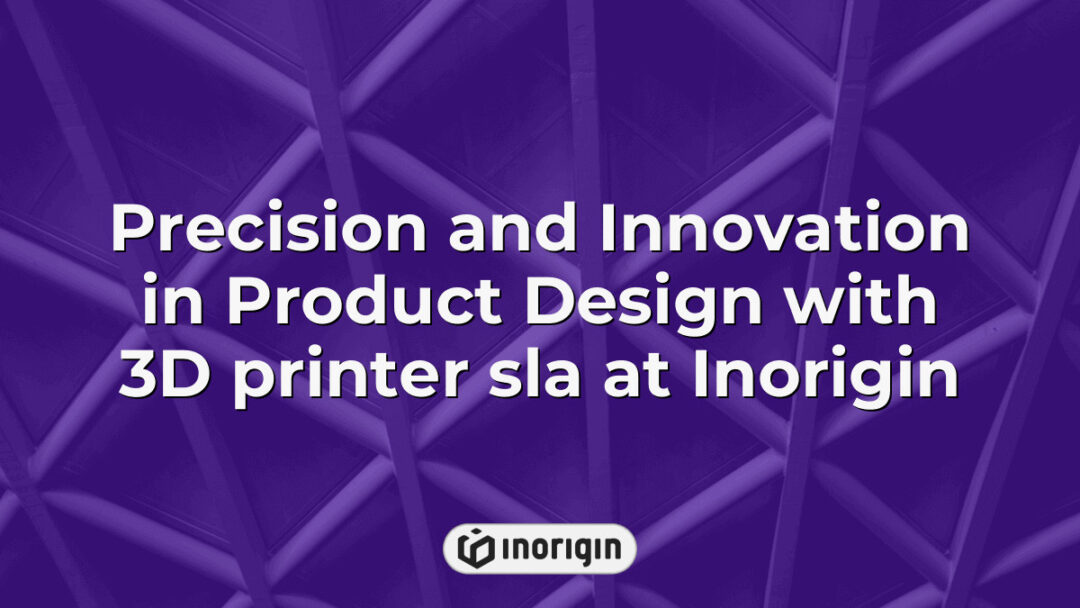The advent of 3D printing technology has revolutionized numerous industries, and the automotive sector is no exception. As researchers and engineers explore innovative manufacturing processes, the emergence of 3D printed cars represents a paradigm shift that promises to enhance production efficiency, reduce waste, and enable unprecedented levels of customization in vehicle design. By employing additive manufacturing techniques, manufacturers can create complex geometries and lightweight structures that were once deemed impossible or prohibitively expensive with traditional methods. This article delves into the multifaceted implications of 3D printed vehicles, examining their potential to transform not only how cars are produced but also their impact on sustainability and consumer preferences in an increasingly digital world.
| Aspect | Key Takeaway |
|---|---|
| 3D Printed Cars Overview | 3D printed cars revolutionize automotive manufacturing by boosting efficiency, minimizing material waste, and allowing highly customized vehicle designs tailored to modern consumer demands. |
| Innovative Materials and Techniques | Advanced materials like carbon-fiber-reinforced polymers combined with precise additive manufacturing methods such as FDM and DLP enable durable, lightweight, and complex automotive components. |
| Industry Leadership and Prototyping | Pioneering companies like Local Motors and BMW showcase the practical applications of 3D printing through prototypes that accelerate development and enhance customization. |
| Adoption Challenges | Scaling production while maintaining material strength and meeting evolving safety regulations remains a primary obstacle for integrating 3D printing broadly in automotive manufacturing. |
| Environmental Benefits | 3D printing supports sustainable automotive production by reducing waste, enabling lighter materials, and facilitating localized manufacturing that decreases carbon footprints. |
| Future Design and Market Impact | The technology drives rapid prototyping, supply chain simplification, and bespoke customization, positioning 3D printed cars as key players in next-generation vehicle design. |
| Economic Viability | Despite initial investment costs, the scalability and flexibility of 3D printing offer long-term economic advantages through shorter lead times and personalized production. |
Evolution Of 3D Printing In The Automotive Industry
The evolution of 3D printing technology in the automotive industry exemplifies a confluence of innovation and necessity, particularly highlighted by recent advancements that have redefined manufacturing practices. Initially conceptualized for rapid prototyping, 3D printing has transitioned to a pivotal role in producing functional components, showcasing its potential through the integration of d printed parts into mainstream production lines. As manufacturers increasingly seek cost-efficient methods to streamline operations, adopting additive manufacturing processes not only reduces material waste but also allows for complex geometries that were previously unfeasible with traditional machining techniques. Moreover, notable collaborations between automotive stakeholders and technology firms have accelerated the adoption of this transformative process, leading to enhanced customization capabilities and shorter lead times. This shift toward integration emphasizes the growing recognition within the automotive sector that innovative technologies like 3D printing can significantly impact both performance metrics and economic viability, thereby reinforcing their importance in an increasingly competitive market environment. Such ongoing developments underscore a broader trend towards embracing cutting-edge solutions as essential components of modern automotive engineering strategies.
Innovative Materials And Techniques In 3D Printed Cars
The utilization of innovative materials and techniques in 3D printed cars is advancing rapidly, signifying a pivotal shift within the automotive industry. Primarily, additive manufacturing—commonly known as 3D printing technology—is harnessing polymer composites, metals, and biocompatible materials to enhance vehicle components’ performance and sustainability. As advancements in material science continue to emerge, new formulations enable lighter yet stronger constructs that contribute to overall efficiency; for instance, carbon-fiber-reinforced polymers are increasingly utilized to produce critical structural elements. Additionally, novel printing techniques such as selective laser sintering (SLS) and fused deposition modeling (FDM) allow for intricate geometries that would be unattainable through traditional methods, thereby optimizing design flexibility while minimizing waste. Furthermore, these technological developments not only streamline production processes but also facilitate rapid prototyping and customization, responding more swiftly to consumer demands. This confluence of innovative materials and advanced techniques underscores the transformative potential inherent in 3D printed automobiles as they become integral to modern manufacturing paradigms.
Current Models And Prototypes Of 3D Printed Cars
The landscape of automotive engineering is rapidly transforming, resembling a vast canvas where 3D printed cars are emerging as the brushstrokes of innovation. Several current models and prototypes stand at the forefront of this technological evolution, illustrating both the potential and challenges associated with additive manufacturing in the automobile industry. For instance, companies such as Local Motors have developed the Olli vehicle, which exemplifies how 3D printing can lead to significant reductions in production costs and time while offering customizable designs tailored to diverse consumer needs. Additionally, initiatives from established manufacturers like BMW and Ford showcase their commitment to developing advanced prototypes that integrate 3D printed components for enhanced performance and sustainability. As research progresses, it becomes increasingly evident that these endeavors not only demonstrate viable alternatives to traditional manufacturing methods but also pave the way for future advancements within an industry facing ever-evolving demands for efficiency and environmental consciousness.
Challenges And Limitations Of 3D Printed Cars
As the automotive industry ventures into the uncharted waters of 3D printing technology, it encounters a labyrinth of challenges and limitations that hinder its full potential. The introduction of 3D printed parts promises significant advancements in manufacturing efficiency and design flexibility; however, this innovative approach is not without its complications. For instance, issues related to material durability and structural integrity frequently arise when integrating additive-manufactured components within vehicles. Furthermore, the regulatory landscape poses additional hurdles, as existing safety standards may not adequately address the unique characteristics of 3D printed materials. Moreover, scaling production for mass-market adoption remains a substantial challenge, given that current techniques are often labor-intensive and time-consuming. While the vision of a future dominated by 3D printed automobiles sparks excitement across the engineering domain, realizing this ambition necessitates overcoming these formidable obstacles inherent in adopting such groundbreaking manufacturing processes.
Future Prospects And Impact Of 3D Printing On Automotive Design
As the dawn breaks on a new era in automotive design, the integration of 3D printing technology emerges as a revolutionary force within the industry. The fluidity and precision characteristic of additive manufacturing enable car manufacturers to sculpt intricate designs previously deemed impossible with conventional methods. Consequently, this innovative approach fosters creative freedom while streamlining production processes. Notably, several key areas illustrate the future prospects and potential impacts of 3D printed cars:
- Customization: Tailored solutions for individual consumer preferences can be achieved through easily adjustable d printable models.
- Material Efficiency: Reduced waste is an inherent advantage of additive manufacturing techniques compared to traditional subtractive methods.
- Rapid Prototyping: Car manufacturers benefit from quicker iterations during the development phase, expediting time-to-market.
- Supply Chain Simplification: Localized production capabilities may minimize logistics costs and vulnerabilities associated with centralized supply chains.
- Sustainability: The ability to use eco-friendly materials aligns with growing demands for greener automotive practices.
With these prospects in mind, it becomes evident that 3D printing holds transformative potential not only for how vehicles are designed but also how they are produced and consumed. The shift towards more sustainable practices combined with enhanced customization options suggests that the landscape of automotive design will undergo profound changes in response to evolving technological advancements, indicating an exciting trajectory for both consumers and manufacturers alike.
Frequently Asked Questions
What Companies Are Leading The Charge In 3D Printed Car Technology?
The development of 3D printed car technology has been significantly influenced by several key companies actively pursuing innovations in this domain. Notably, Local Motors stands out as a pioneer, having introduced the world’s first 3D-printed car, known as the Strati, which highlights the capability of additive manufacturing to revolutionize vehicle production. Similarly, BMW has invested in advanced 3D printing techniques for prototyping and producing components such as customized interior parts, thus enhancing design flexibility and reducing lead times within their manufacturing processes. Furthermore, companies like Polymaker and DfAM (Design for Additive Manufacturing) are contributing to the field by developing specialized materials that enhance the mechanical properties and longevity of printed automotive components. As these organizations continue to innovate and refine their respective technologies, collaboration among industry players is also evident; partnerships between automakers and startups focused on 3D printing research are increasingly common. These synergistic efforts demonstrate a collective movement towards integrating additive manufacturing into mainstream automotive production practices, thereby establishing a foundation for future advancements in vehicle customization and sustainability initiatives.
How Does The Cost Of 3D Printed Cars Compare To Traditionally Manufactured Vehicles?
The advent of 3D printing technology in the automotive sector evokes a vision reminiscent of an artist meticulously crafting each element of a sculpture, layer by layer. This innovative manufacturing method presents both opportunities and challenges when juxtaposed against traditional vehicle production techniques. The cost dynamics between these two approaches are crucial for understanding market viability and accessibility. Key factors influencing costs include:
- Material Expense: Unique materials suited for 3D printing often have different price trajectories compared to conventional metals.
- Production Time: Speed advantages can drastically alter labor costs, although intricate designs may require extended processing times.
- Customization Capability: Tailored components could minimize inventory overhead but may elevate per-unit expenses due to bespoke design efforts.
When assessing the economic implications, it becomes evident that while initial investments in 3D printed vehicles might be higher due to specialized equipment and material requirements, potential savings in scalability and customization can offset these expenditures over time. As manufacturers continue to evaluate their supply chains and product offerings, the evolving landscape of automotive production suggests that ultimately, the cost-effectiveness of 3D printed cars will hinge on technological advancements and widespread adoption within the industry.
What Regulations And Safety Standards Are In Place For 3D Printed Cars?
The emergence of 3D printed cars presents a fascinating juxtaposition between innovation and regulation, raising critical questions about the implications of this technology on safety standards. As the capabilities of additive manufacturing expand, so too do concerns regarding the regulatory framework governing these vehicles. Authorities must navigate complex issues related to material integrity, structural reliability, and consumer protection. Subsequently, prominent organizations such as the International Organization for Standardization (ISO) and various national transportation agencies are involved in developing guidelines that ensure compliance with existing vehicle safety regulations while accommodating the unique aspects of 3D printing technologies.
Furthermore, rigorous testing methods are being instituted to validate both mechanical performance and crashworthiness outcomes specific to 3D printed structures. These testing protocols often necessitate extensive documentation demonstrating adherence to established criteria before vehicles can be introduced into commercial markets. As regulatory bodies grapple with defining explicit standards tailored for additive manufacturing processes, an atmosphere of uncertainty surrounds how quickly these innovations can gain full acceptance within traditional automotive paradigms.
Moreover, some jurisdictions have begun experimenting with frameworks designed to encourage technological advancement while still safeguarding public interests. Early adopters may benefit from pilot programs promoting collaboration between manufacturers and regulators aimed at refining safety assessments in real-world conditions. Such initiatives not only promote progress but also reflect an adaptive approach to legislation in response to rapidly evolving industry practices.
In light of these developments, it becomes evident that ensuring robust safety measures around 3D printed automobiles is paramount as they integrate into everyday use. Continued dialogue among stakeholders—including engineers, policymakers, and consumers—will ultimately shape the efficacy and perception of this revolutionary technology within society.
How Does The Lifespan Of A 3D Printed Car Compare To That Of A Conventional Vehicle?
The lifespan of a 3D printed car presents a compelling area of comparison when set against conventional vehicles. Traditional automobiles, fabricated from metal and composite materials, typically exhibit lifespans ranging from 10 to 15 years, contingent upon factors such as usage patterns and maintenance practices. In contrast, the longevity of 3D printed cars remains an evolving subject due to ongoing advancements in printing technologies and material science. A noteworthy aspect is that certain polymers used in additive manufacturing may initially appear less durable; however, developments in high-performance thermoplastics are enhancing their resistance to environmental degradation, ostensibly extending service life. Furthermore, while traditional components benefit from tried-and-true design processes refined over decades, it is essential to consider that iterative improvements in 3D printing technology could yield increasingly reliable designs tailored for durability. Consequently, though some early models of 3D printed cars might demonstrate susceptibility to wear or damage under rigorous conditions, ongoing research suggests the potential for equivalent or even superior lifespans relative to their conventionally manufactured counterparts as production techniques mature and become more sophisticated. Thus, despite initial reservations regarding long-term viability, the trajectory toward enhanced robustness within the realm of 3D printed vehicles warrants further examination as both industries converge on sustainable automotive solutions.
Are There Environmental Benefits Associated With 3D Printing Cars?
The advent of 3D printing technology in the automotive industry heralds a transformative phase, much like the dawn of industrial manufacturing reshaped production paradigms. As research increasingly indicates, this innovative approach to vehicle fabrication offers significant environmental benefits that contribute to sustainability goals. Firstly, 3D printing generally reduces material waste during the manufacturing process relative to conventional methods, which often involve extensive cutting and shaping of materials. Moreover, additive manufacturing allows for the use of lighter materials, potentially enhancing fuel efficiency and decreasing greenhouse gas emissions over a vehicle’s lifespan. Additionally, localized production capabilities enabled by 3D printing can minimize transportation-related carbon footprints associated with global supply chains. Notably, certain bio-based or recycled materials being explored in conjunction with 3D printing could further decrease the detrimental ecological impact linked to traditional automotive manufacturing.
A focused consideration may reveal how an investment in advancements such as these bolsters not just technological progression but also nurtures a sustainable future: envisioning a world where vehicles are tailored according to individual needs while harmonizing with ecological principles works significantly towards resolving contemporary environmental challenges.
Conclusion
The emergence of 3D printed cars signifies a transformative shift akin to the invention of the assembly line, revolutionizing automotive production. As innovation continues to accelerate, evolving techniques and materials promise to redefine design boundaries. The future landscape will likely witness craftsmanship merging seamlessly with advanced technology, reshaping mobility solutions globally.
Related posts:
- Material Innovations Driving the Future of the 3D Printed Car
- Engineering Milestones Behind the Largest V8 Engine in a Production Car
- Engineering Brilliance Behind the Largest Engine in Production Car
- The Engineering Marvels Behind the Biggest Production Car Engine Ever Crafted
- Revolutionizing Automotive Design with a 3D Car Printer at Inorigin
- Engineering Marvels Behind the Largest Production Car Engine Ever Built




